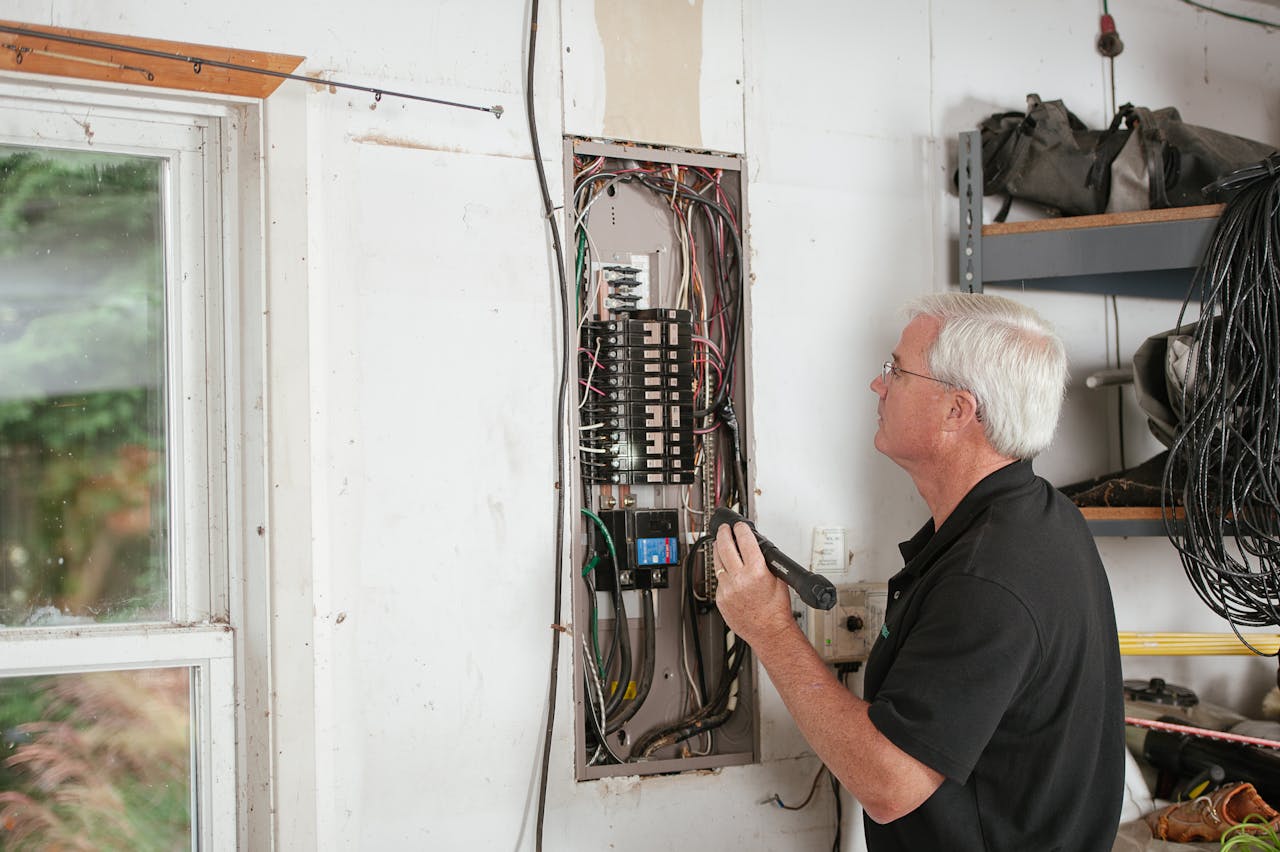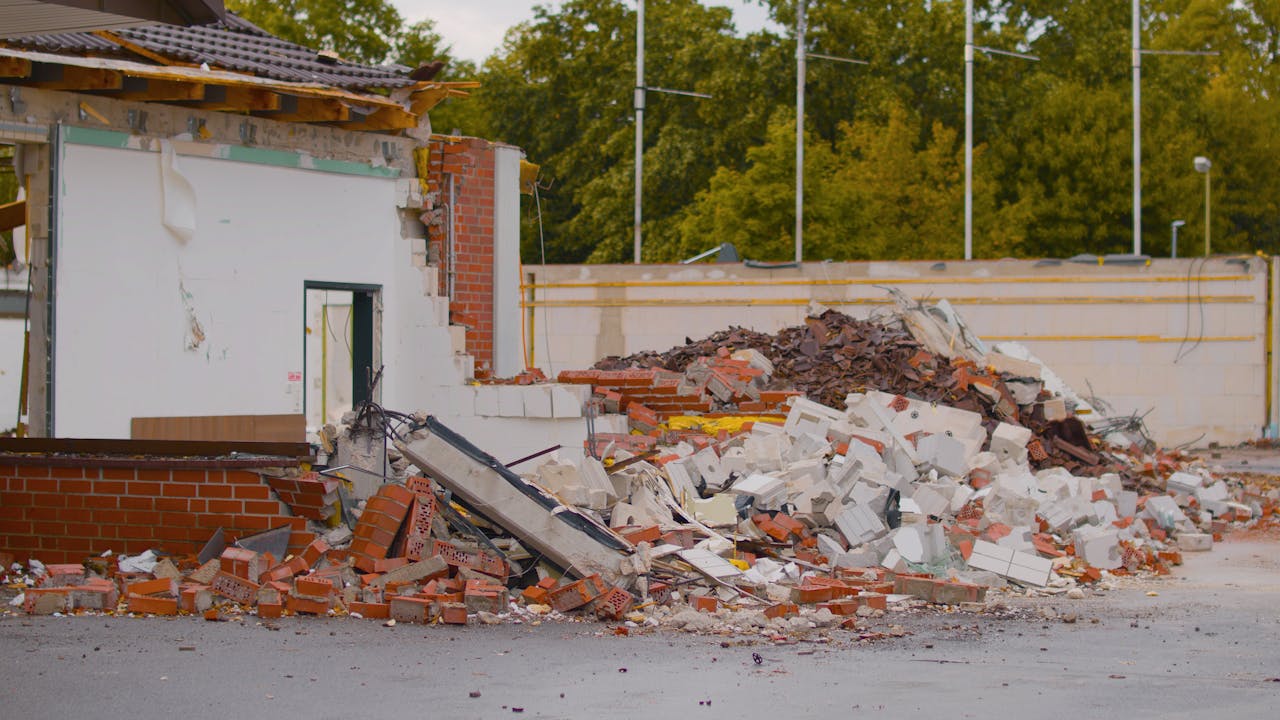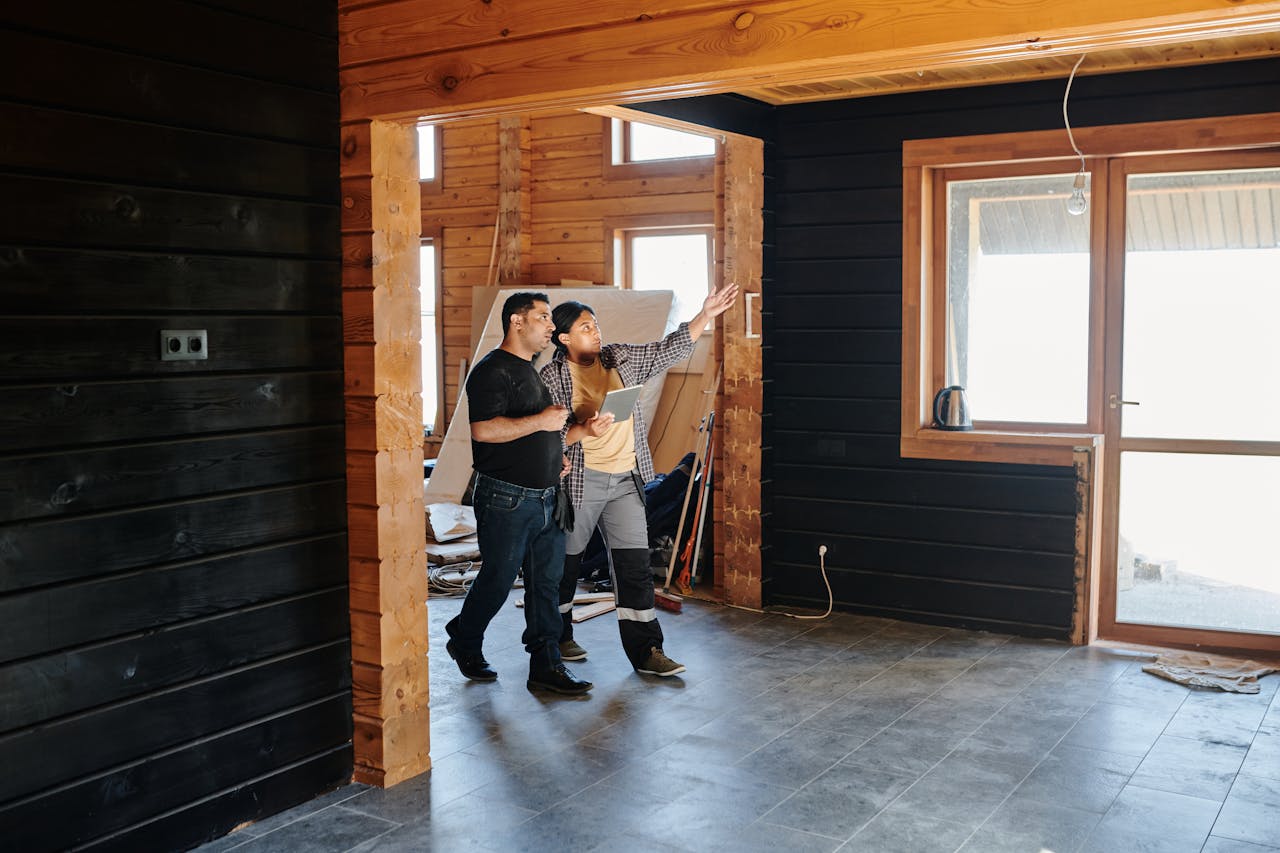Home projects feel empowering until a code officer, insurer, or neighbor says stop. Rules shift by county and HOA, but most states tie big changes to permits, licensed trades, and setbacks that protect safety and property values. Some violations trigger fines; others force expensive tear outs before a sale. The smart move is simple. Match the plan to local code, pull the right permit, and document every step. That paper trail saves money, time, and the headache of rebuilding a dream twice.
Unpermitted Yard Grading

In erosion-prone states like California, moving soil without a permit can bring large fines and mandatory remediation. Grading alters drainage and slope stability, so inspectors want plans, silt control, and proof that runoff will not flood a neighbor’s lot. Even a small regrade that pushes water across a property line can trigger violations. Before renting a skid steer, confirm thresholds that require engineering, keep receipts for BMPs, and take photos. A cheap day of earthwork can become a five-figure fix.
Damaging Protected Trees And Plants

Many cities protect native oaks, heritage trees, or riparian habitat. Cutting roots, topping a crown, or clearing understory without approval can violate municipal code and state law. Penalties often include fines plus replanting tied to trunk diameter or canopy size. Start with a site survey and a tree work permit, then hire an ISA-certified arborist if required. A weekend trim that seems minor can become a legal mess if a protected species straddles the lot line or sits in a setback.
Building Inside Setbacks

Setbacks define how close any structure may sit to a property line. Sheds, additions, and tall fences that creep into that zone risk stop-work orders, fines, or forced removal. Corners near easements are especially risky because utility access must remain clear. Confirm your survey, read front, side, and rear distances, then submit a simple site plan for approval. That extra foot may look harmless today and become a deal killer when an appraiser measures during escrow or a refinance.
Backyard Fire Pits Without Permits

Many cities require permits for built-in gas or masonry fire features, and some restrict wood burning during high-risk seasons. Installing a pit without sign-off can lead to removal, fines, or a utility lockout if an unpermitted gas line is discovered. Codes enforce clearances from structures and trees, and spark arrestors may be mandatory. Check fire rules, HOA bylaws, and fuel limits before digging. A cozy stone circle is legal only when ventilation, distance, and shutoffs are in place.
Solar Panels That Ignore HOA Rules

Most states encourage solar, yet associations can regulate placement, visibility, and conduit routing. Mounting panels without HOA approval or required permits can trigger daily fines, liens, or orders to relocate arrays. Solar access laws help, but boards may enforce reasonable design standards and roof load certifications. Submit stamped plans, color-matched hardware, and a wiring diagram before work starts. Clean energy should not come with a legal bill, a crane to undo it, and a roof warranty in doubt.
DIY Electrical Panel And Circuit Work

Adding a subpanel, circuits, or EV charging without a permit risks shock hazards, fires, and denied insurance claims after a loss. Inspectors verify conductor size, breaker ratings, GFCI or AFCI protection, and grounding that DIY videos skip. Many states require a licensed electrician for service equipment. If work touches the main, expect a permit, inspection, and utility coordination. The cost of doing it right is small compared with replacing scorched framing and being out of code at resale.
Removing A Load-Bearing Wall

Open plans often hide structure in beams that need engineering, permits, and inspections. Pulling studs without calculations can crack slabs, bow floors, and jam doors months later. Cities typically require stamped drawings, posts that land on footings, and milestone inspections. Temporary shoring during the cutover is not optional. Hire an engineer, submit the beam schedule, and log photos. A clean sightline is not worth a crooked roof, a failed appraisal, or a buyer who walks at inspection.
Garage Or Attic Conversions Without Egress

Turning a garage or attic into a bedroom demands egress windows, smoke alarms, insulation, and in many states, minimum ceiling height. Skipping permits invites red tags and orders to restore parking or remove gas appliances. Lenders and appraisers often refuse unpermitted square footage, shrinking resale value. Plan for proper exits, conditioned space, and ventilation from the start. A legal bedroom keeps families safer, preserves financing options, and avoids last-minute surprises when refinancing or listing.
Decks And Balconies Built Off-Code

Raised decks above a set height usually require permits, guardrails at 36 or 42 inches, and lateral load connectors that prevent pull-away. Hidden posts set in uncompacted fill or undersized footings are common failures that inspectors flag. Many collapses begin with missing hardware, not bad lumber. Submit a deck plan with spans, connectors, and fasteners listed by type, then schedule inspections. Keep weight where posts meet soil, and keep guests off the evening news during summer cookouts.
Septic, Gas, And Water Line Changes

Altering septic tanks, adding gas branches, or rerouting water mains without permits risks leaks, contamination, and in some jurisdictions, criminal penalties. Health departments and utilities require pressure tests, trench inspections, and licensed installers for buried work. County records must match what sits in the ground. Before digging, pull utility marks, choose a licensed contractor, and book inspections in sequence. Underground mistakes travel far, foul quickly, and dwarf the fee that would have kept everything legal.


